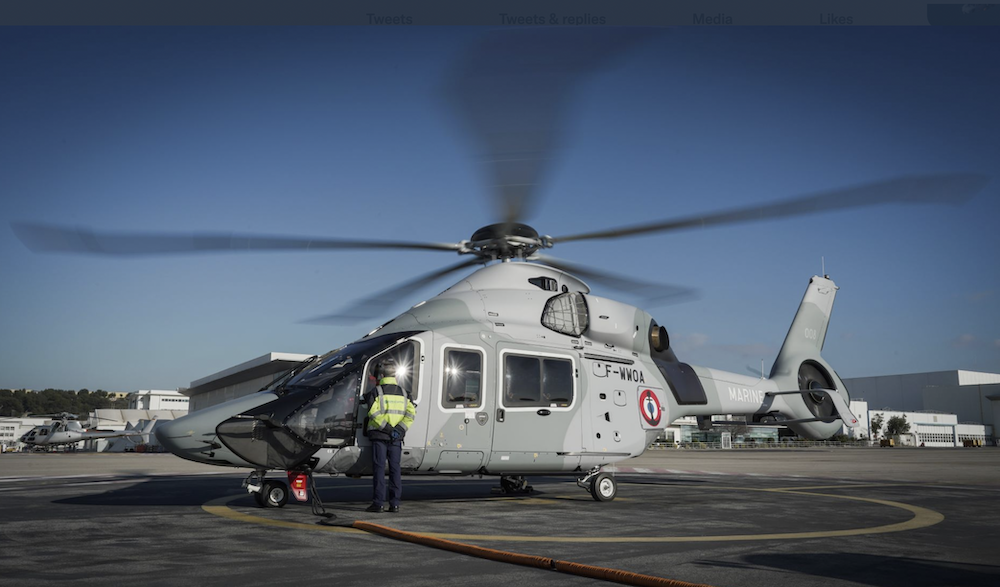Click Here to View This Page on Production Frontend
Click Here to Export Node Content
Click Here to View Printer-Friendly Version (Raw Backend)
Note: front-end display has links to styled print versions.
Content Node ID: 406698
The Asia-Pacific region will generate around 1,300 orders for military helicopters over the next 10 years, forecasts Airbus Helicopters, and the airframer hopes to secure a sizeable portion of those sales thanks to its broad offering of types, which cover the spectrum from single-engined initial trainers to large utility/special forces transports.
Airbus characterizes the future Asia-Pacific market as one primarily of fleet modernization and renewal, with increases in training and border security requirements. Utility helicopters will form the bulk of the requirement. One class that will produce low demand in the region is the dedicated attack helicopter due to the nature of prevailing threats, but Airbus offers its HForce package that provides utility helicopters with a potent armed capability. The H145M is particularly well-suited to adaptation to a light armed configuration.
The H225M, which has generated significant sales recently, occupies the heavy end of the portfolio. Singapore has acquired the type to replace its aging AS332 Super Pumas, taking the first in late March last year for service with 125 Squadron a Sembawang. With a mission radius of more than 300 nm, the H225M is ideal for long-range and overwater search-and-rescue (SAR), combat SAR, and special operations forces support missions. The type can also be configured to launch anti-ship missiles. The versatility of the H225M also brings inestimable value to humanitarian efforts following natural disasters. Malaysia'a helicopters, for instance, have been vital assets during relief efforts to flood-affected areas.
In addition to its current range, Airbus Helicopters has begun the process of introducing two further models to the military portfolio. Marketing has already begun a version of the H175, dubbed H175M, for military roles and to replace the many Pumas still serving around the world. Airbus has already undertaken trials of elements of the militarization package—such as fast-roping capability, electronic warfare equipment, and the like.
Further into the future, the H160M is based on the civilian H160. The first civilian-standard H160 was handed over to Japan’s All Nippon Helicopter in December, and the French navy will get six for search-and-rescue duties. The first of them has just entered flight test, but the fully militarized H160M is not due to enter service with the French armed forces until 2027.
To reinforce the Airbus portfolio is a comprehensive services offering, known as HCare, which delivers tailor-made solutions covering maintenance, logistics, training, technical support, and flight operations. Two examples appear in Japan, where the army has an HCare package to support its three H225 VIP transports, and the navy another to support its 15 TH-135 training helicopters. Airbus announced on February 15 the renewal of both contracts for a further five years.
